The Lucent360’s flexible design gives you the best options to learn everything you need to know to take your photochemical reactions from screen to scale.
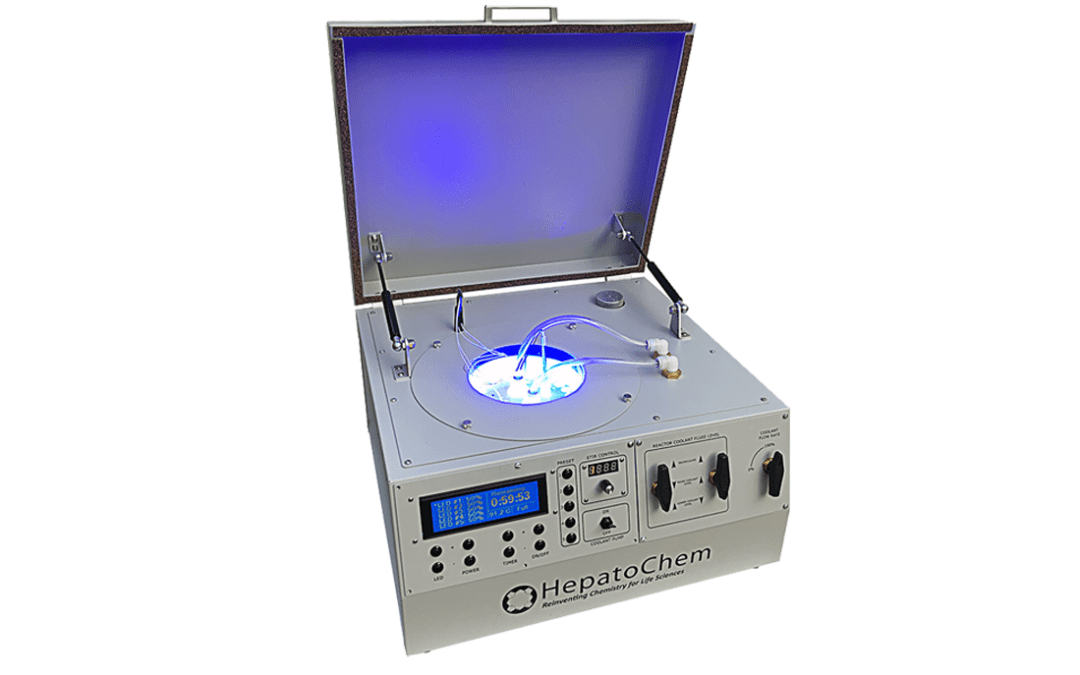

The Lucent360’s flexible design gives you the best options to learn everything you need to know to take your photochemical reactions from screen to scale.

A recurring theme in our recent articles: there isn’t enough iridium or ruthenium in the earth’s crust to do all the photochemistry we’d like to do at scale.
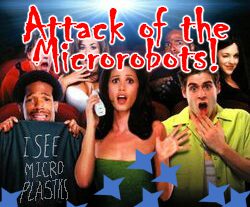
The attack of the photocatalytic microrobots! We have intended to write a bit about visible-light decomposition of contaminants for a while... so what better entry into the topic than a story about self-propelled autonomous microrobots that can...
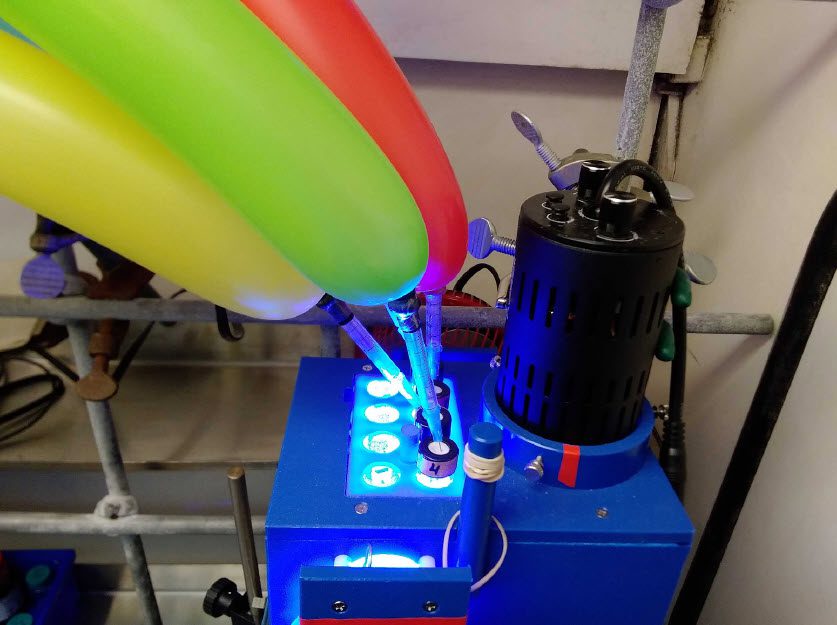
Our review of a recent Wickens paper describing the formation of powerful new photooxidants through a mechanism of multiphoton excitation.
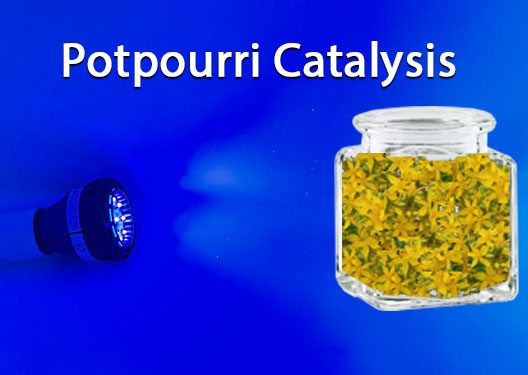
Add dried flower petals to your photochemistry reaction? This group did. Their paper on photoredox chemistry with organic dyes is brilliant.

Many of these papers move the field farther into unimaginable areas, while others find photochemical replacements for traditional reactions solving an unmet need.
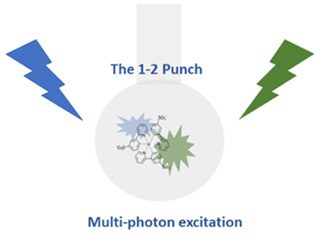
Multi-photon approaches to synthetic photochemistry expand the potential pathways to create more efficient and potentially safer reaction conditions.

A number of recent red light applications in photochemistry have expanded the options available to synthetic organic chemists.
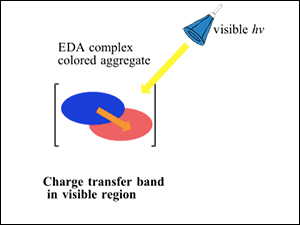
Discussion about the modern photochemical approaches using Electron Donor-Acceptor EDA complexes in synthetic organic chemistry.